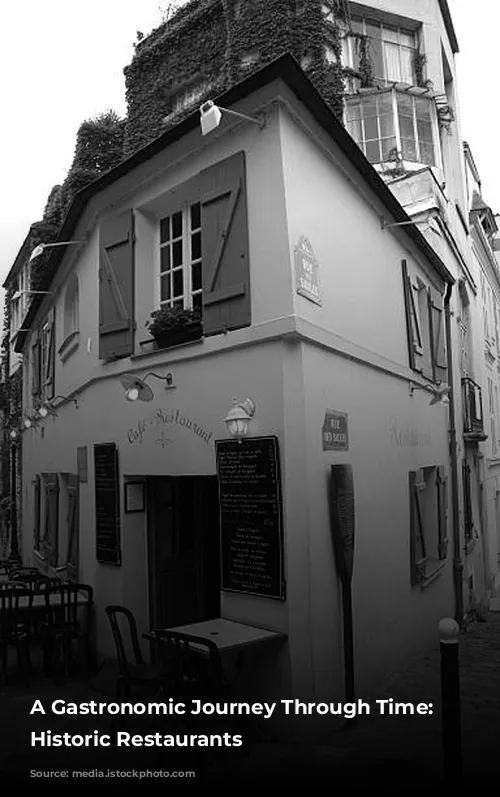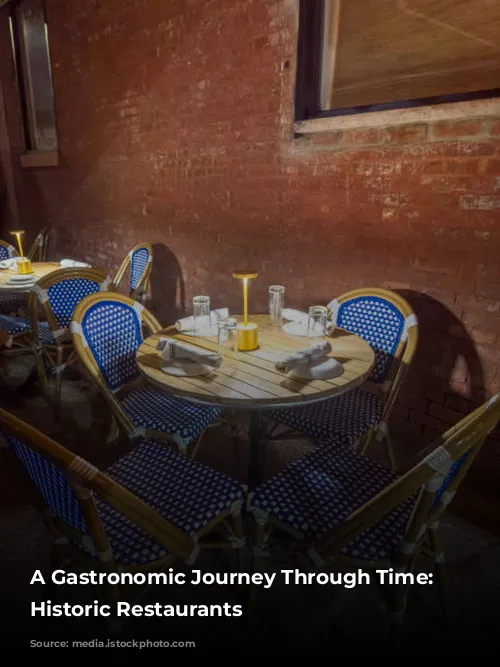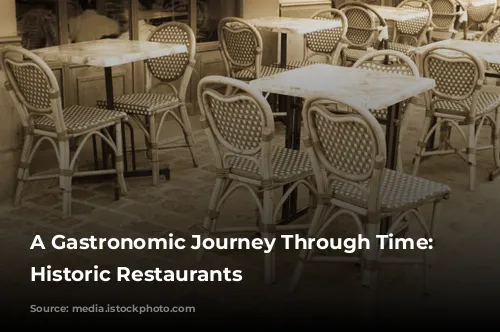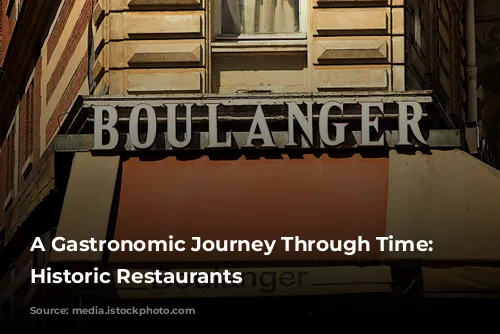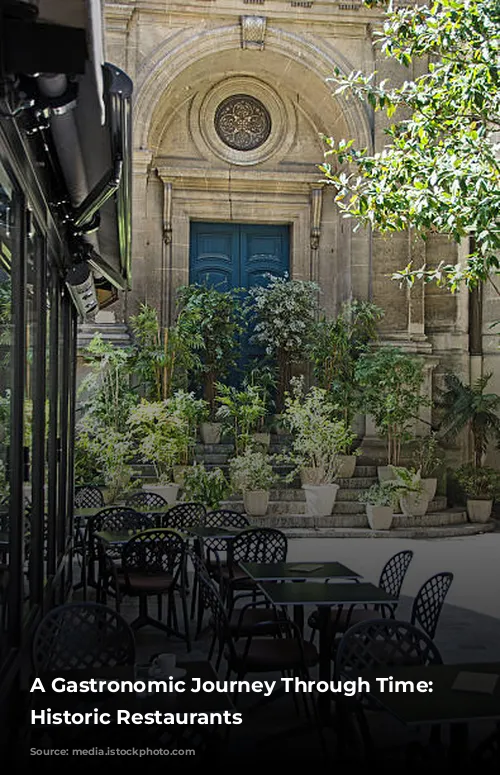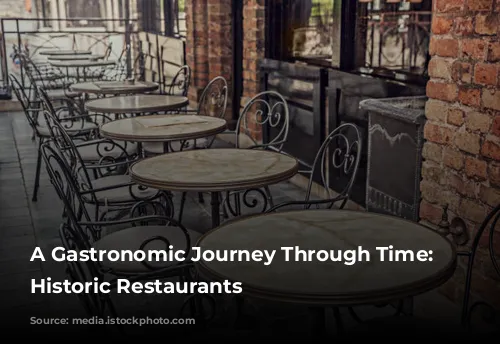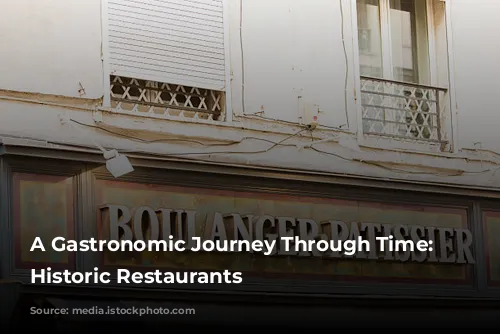Imagine stepping into a world where time seems to stand still, where the echoes of history whisper through the air, and the aroma of culinary tradition fills your senses. This is the magic you’ll find in Paris’s historic restaurants, each a portal to a bygone era, offering a glimpse into the lives and tastes of the city’s most illustrious figures.
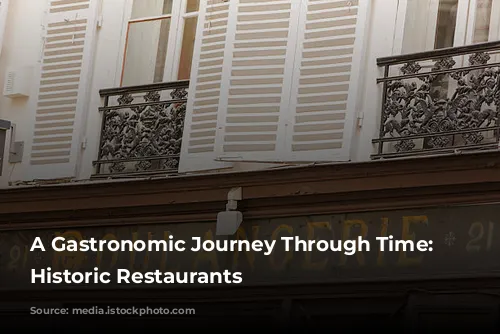
La Tour d’Argent: A Culinary Legacy Since the Renaissance
The tale of La Tour d’Argent begins in 1582, a humble inn on the outskirts of Paris, named after the shimmering Renaissance castle it faced, the “Silver Tower.” Its exquisite cuisine, enjoyed with the then-novelty of the fork, quickly caught the eye of King Henri IV, establishing the inn as a haven for royalty. Emperors and tsars joined the ranks of its illustrious clientele, cementing La Tour d’Argent as a gastronomic institution. In 1911, André Terrail took the reins, expanding the two-story building to six, adding a panoramic dining room, and propelling the restaurant to even greater heights. Today, visitors can savor its renowned numbered duck, enjoy wines from its legendary cellar, and bask in breathtaking city views. For those seeking a more budget-friendly experience, a rotisserie and bakery, both across the street, offer alternative culinary delights.
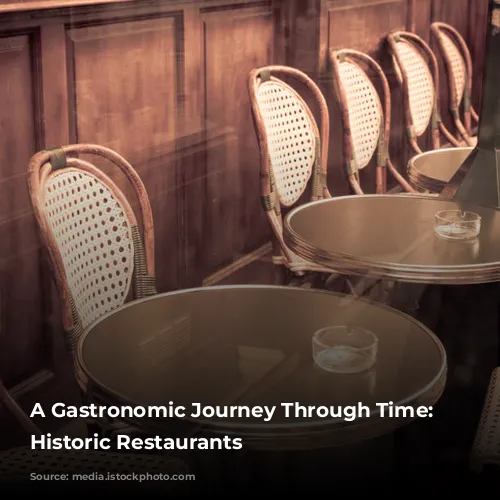
Le Procope: A Meeting Place of Intellectual Giants
Step into Le Procope, a coffee house established in 1686, and you’ll walk in the footsteps of some of the most influential minds of the Enlightenment. Left Bank philosophers, writers, and revolutionaries flocked to this historic venue, drawn to its lively atmosphere and stimulating conversation. Rousseau, Robespierre, Benjamin Franklin, and Paul Verlaine are just a few of the luminaries who graced its maze of dining rooms. While the cuisine might not be as revolutionary as its former patrons, Le Procope offers modern interpretations of classic dishes like coq au vin and sole Meunière, best enjoyed on its charming back terrace overlooking la Cour du Commerce-Saint-André.
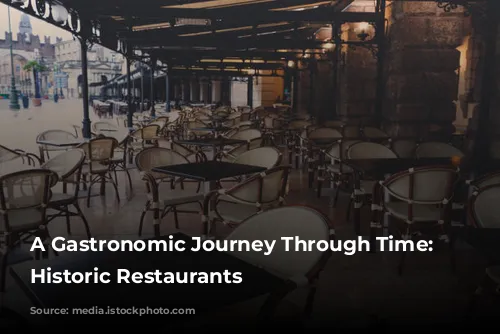
Au Pied de Cochon: Where the Market Met the Feast
Established in 1740, Au Pied de Cochon was once the watering hole of choice for the bustling workers of Les Halles, the city’s former central food market. The restaurant’s decor, though evolving over the centuries, still proudly showcases its name, “At the Smoking Dog,” through its logo, playful canine paintings, and decorative zinc bar panels. Whether you indulge in the restaurant’s seafood specialties or simply pop in for a drink on the terrace overlooking the site of the former market halls, Au Pied de Cochon offers a unique blend of culinary history and contemporary charm.
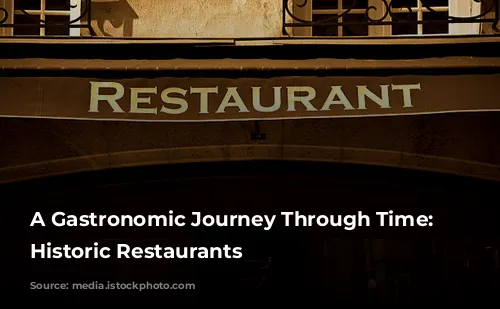
Le Grand Véfour: A Rendezvous of Romance and Refinement
The allure of Le Grand Véfour, a chic venue in the 6th district, is undeniable. Opened as a wine merchant in 1766, this restaurant became a favorite haunt of the Parisian elite and their mistresses in the 19th century. Beyond its elegant dining room, private salons still bear the marks of these ladies of pleasure, their scratches on the mirrors a testament to their testing of diamonds gifted by their wealthy admirers. In 1933, Le Grand Véfour became the first restaurant in Paris to receive three Michelin stars, a distinction it has since lost. Despite this, its posh ambiance continues to captivate. Even if you can’t afford a private salon, you can still enjoy a drink at its sensual ground floor bar, draped in rich red embroidered tapestries.
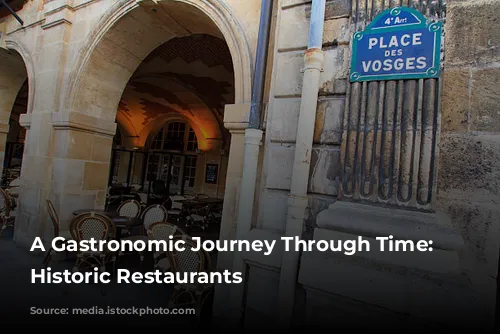
L’Écaille: A Culinary Tapestry Woven Through Time
This restaurant, located on the vibrant rue Montorgueil, has been a popular gathering place since 1804, although it has changed addresses a few times. During the first half of the 19th century, dandies and writers flocked to L’Écaille after the theater, drawn to its famed oysters from the Breton port of Cancale. Among its distinguished clientele was Honoré de Balzac, who immortalized the restaurant in his masterpiece, La Comédie Humaine. The beautifully restored facade and preserved frescoes on the second-floor walls, painted by Paul Gavarni (ironically, the illustrator of several of Balzac’s novels), are a testament to this era.
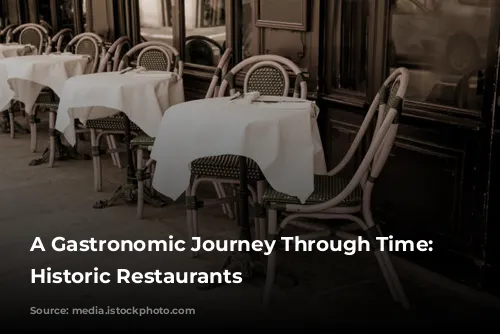
L’Escargot Montorgueil: Where Gastronomy Meets Glamour
From the moment you arrive at L’Escargot Montorgueil, located at the beginning of rue Montorgueil, you’ll know its specialty since 1832. A large golden snail, a symbol of the restaurant’s namesake, sits proudly above the entrance. It took almost a century for the restaurant to become a sensation, thanks in part to its new owner, André Terrail, of the Tour d’Argent. During the Roaring Twenties, guests dined on buttery snails alongside the likes of Pablo Picasso, Salvator Dali, and Charlie Chaplin. Today, L’Escargot Montorgueil offers traditional escargots de Bourgogne, creative versions of this quintessentially French specialty, and a range of other dishes.
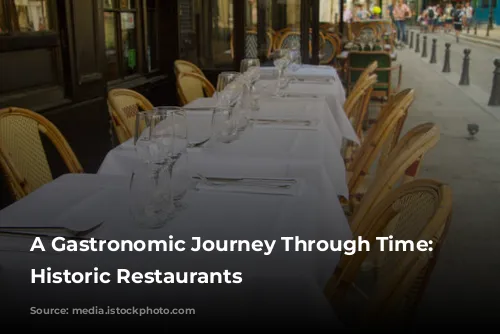
Le Bouillon Chartier: A Timeless Culinary Bargain
One of Paris’s original bouillons, offering simple traditional dishes at affordable prices, Le Bouillon Chartier is a true gem. Founded in 1858, the restaurant was bought by bouillon baron Edouard Chartier in 1903, who redecorated it in the fashionable Art Nouveau style. Despite changing hands several times before returning under the Chartier label in 2019, its ornate carvings, floral tiles, gilded light fixtures, and stained-glass ceiling have miraculously remained intact. This sensational setting provides a backdrop for a three-course meal with wine, costing less than a single dish at most Parisian restaurants. Arrive late for lunch or early for dinner to avoid the long lines.
Exploring these historic restaurants is a journey through time, a delicious exploration of Parisian culinary history, and a celebration of the enduring spirit of French gastronomy. Each restaurant offers a unique experience, from the opulent grandeur of La Tour d’Argent to the bohemian charm of Le Procope, and from the bustling atmosphere of Au Pied de Cochon to the sophisticated allure of Le Grand Véfour. Whether you’re a seasoned foodie or a curious traveler, these iconic venues promise a taste of Paris’s rich history, served with a side of timeless charm.
